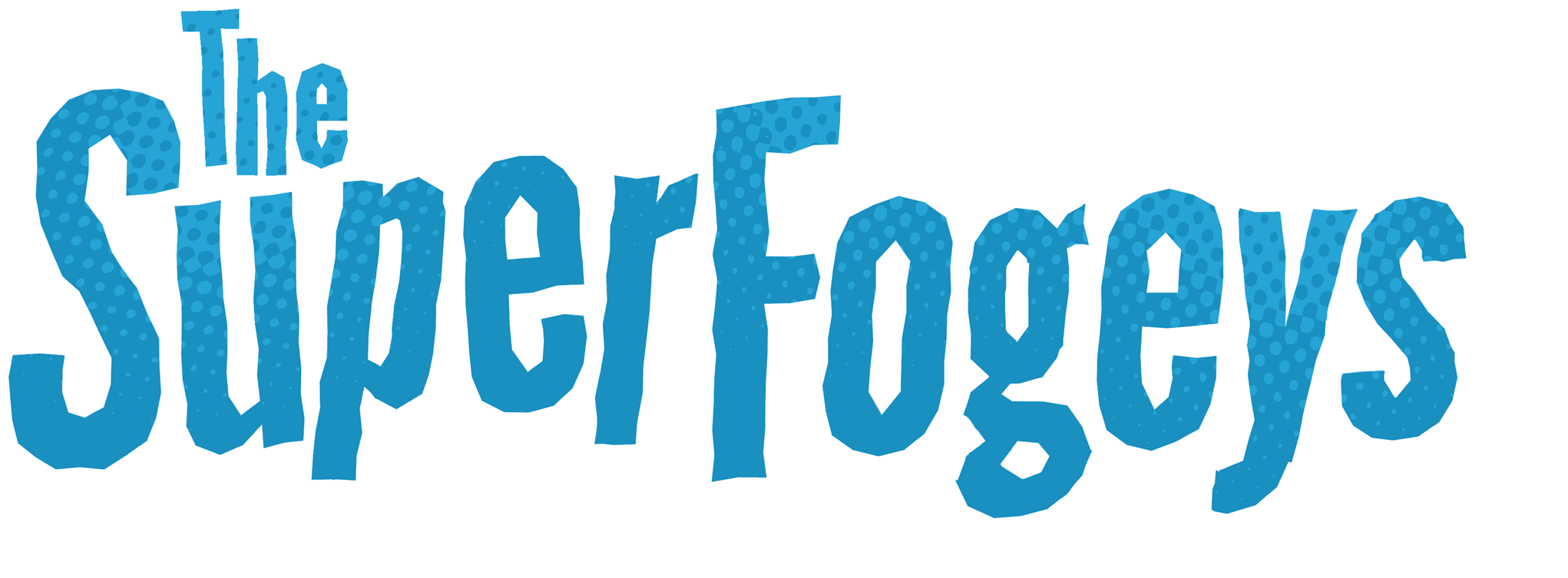Once I’m confident that each strip will make a proper contribution to the larger whole of a chapter (and each chapter makes a proper contribution to the larger whole of the story), I can set the macro aside and focus on the micro: making the strip WORK.
And what do I mean by WORK? I mean that the strip is:
a) Satisfying as a whole. The strip MUST, above all, provide for a complete experience for the reader, especially new ones. This doesn’t mean that new readers will understand everything going on, but they will understand the central idea in the strip itself and whatever tiny little story is being told in the strip will be paid off by the last panel.
b) Funny or not funny. Not every strip has to be funny, but if it’s not funny then it should be REALLY not funny. What I mean is, just because a strip isn’t funny doesn’t mean you can let it be boring. Strips can always be either funny or thought-provoking or emotionally satisfying. Preferably all three at once, but if you can do any one of them solidly then I think you’re doing well.
So let’s look at a script. SF 177, from the beginning of Chapter 6. Actually, let’s take another look at the breakdown I wrote for 177:
CS remarks that almost everyone is there, but not Jerry. He doesn’t see Li’l Miss Missle. Surely she’d show herself for her own father’s funeral? Swifty wonders aloud if Tom would show up for CS’s.
The breakdown tells me what I need to accomplish with this strip. For 177, it looks like I wanted to point out the reader that both Jerry and Li’l Miss Missile are not at the funeral—both clues to later reveals. Then there’s the bit about Tom, who has been mentioned before, in Chapter 5. I wanted to keep Tom’s name alive in the story because he was going to show up in the very next Chapter and I wanted to remind the reader in some small way of both who he is and that his relationship with his father is strained.
Pretty small goals for a comic strip, which gives me lots of room to improvise and add some funny. Maybe a bit too much room:
177 –
1: Swifty and CS talking. We can see other heroes and villains mulling about(?)
CAPTAIN SPECTACULAR
I haven’t seen Li’l Miss Missle anywhere, have you?
SWIFTY
Nope.
2: still talking. CS looks to the left.
CAPTAIN SPECTACULAR
I assume they had some sort of falling out,
never have seen her at Valhalla. Still, you’d think
she’d show up for her own father’s funeral.
SWIFTY
You think Tom would show up for yours?
3: Swifty Looks past CS to see what he’s looking at—it’s Spy Gal glaring at him.
CAPTAIN SPECTACULAR
I-I would hope.
4: CS back on Swifty
SWIFTY
Why wouldn’t he? Who else can
say their super-powered dad let a psychopath
beat up his woman and kill his oldest friend?
5: Swifty with a notepad, licking his thumb as he prepare to take notes. CS not looking too happy.
SWIFTY
Lay some more on me. When I hear
a scream from a dark alley, do I take the old lady’s purse
first or do I have @#$% tea and crumpets with
the mugger?
Gosh, that’s wordy. Sometimes, these early scripts are tough to read. Take a look at how crowded that all ended up being in the final strip:
Setting aside the wordiness for a minute, you’ll see that the thing that emerged in the final script that just wasn’t in the breakdown was probably the most important component of comics writing: character. Swifty is barely present in the breakdown, but in the script? He’s all over it. He gets the most lines.
In the end, the strip ended up with a script that was funny (Swifty’s joke at the end), thought-provoking (hey, why ISN’T Dr. Rocket’s adopted daughter Li’l Miss Missile at his funeral?), AND emotional (Things are clearly not right between Spy Gal and Captain Spectacular, nor between him and Tom—there’s a longing there). If only I’d been able to find a way to do it with less words, it could have been much more successful.
Next: And Even When It’s Over, It’s Not Over…
Written by : Brock Heasley
kjhsdf sdkjhf kjhsdf sdjhsd fkjhsdf sdjhf sdfkjhsd f sdfhjsd sdfsdf sdfjhksdf




